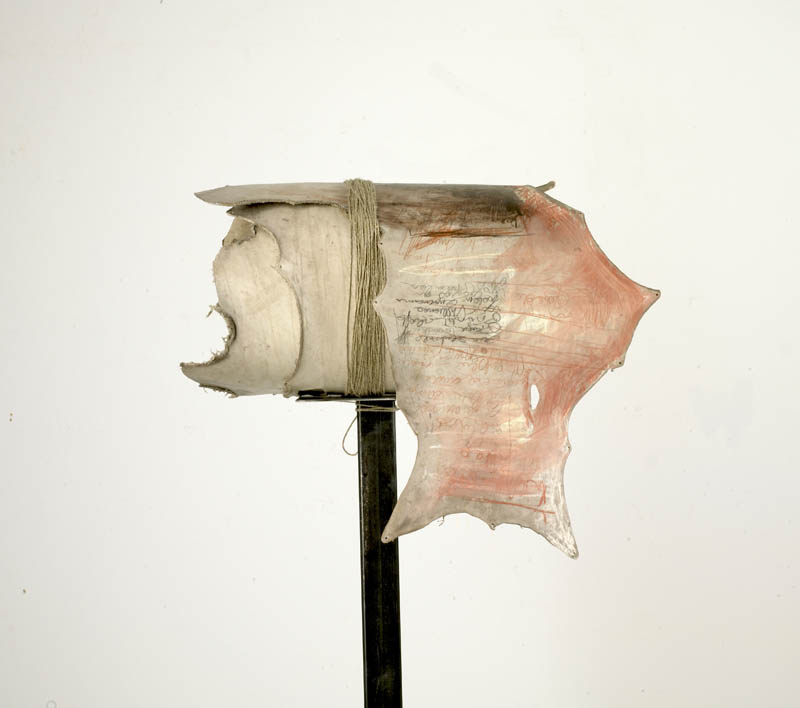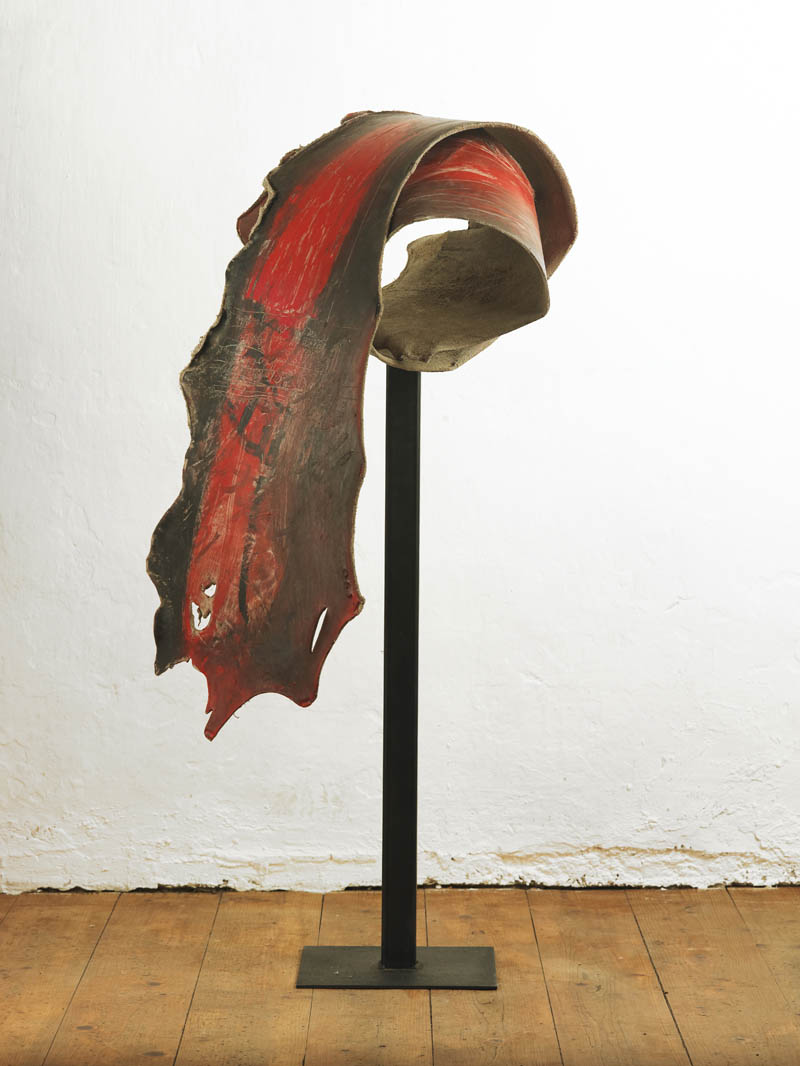
Sylvia Kummer has studied not only painting, but also ethnology, formerly known as “peoples’ studies”. When the Europeans began to discover foreign continents, it was the missionaries who first went into the villages to proselytise the natives. Only in the 19th century scientists followed in their footsteps – not to force anything upon the people, on the contrary: they were curious and wanted to learn from them, to find out what their life was like, what they thought, why they did something and what it meant to them. It took some more time before researchers came to realise that such an encounter between two cultures couldn’t remain without influence and effect – on
both sides. The encounter leaves traces. The researcher returns home and has not only experienced something new; he has also been transformed to a certain extent. But even the “explored natives” are no longer exactly the same as they were before they began to talk to the researcher. It is impossible to explore people neutrally, to observe
them merely from outside; every encounter changes both parties and leaves traces behind. Both will react, each in their own way.
This explains why we also see paintings and installations by Sylvia Kummer on display. Her encounters not only leave trances on the video and in the exhibition space, they also touch the artist’s feelings and emotions. Hence, after every encounter she retreats to her studio and starts to paint. She searches with herself to gage what emotions a particular person has triggered within her and then tries to express those emotions through painting. She finds out what the conversation has done to her; then implements the influences, impressions and changes within her through the use of her medium: painting. In this she often chooses the motif of a head. Yet, that head isn’t a portrait or the representation of anyone in particular; it’s an abstract generalised head simply indicating that she is dealing with a person. The term “person” is derived from ancient Greek and originally means “mask”. To Sylvia Kummer the surface of that mask becomes a canvas where she executes her painting and records her inner tensions, emotions and the traces the encounter has left behind.
Accordingly, the installations with leather skins can be understood in the same way. The skin, after all, is the organ of touch, of being touched – physically as well as emotionally. When the artist paints on skins, it is yet again to record traces: the traces left behind by each and every encounter with a human being. Apart from the heads that cannot be recognised, we also find writings in her pictures; writings that cannot be read, as well as membranes installed in space and dissecting, distorting the projected images. Sylvia Kummer boldly works against the
recognisable, the easily tangible. What matters to her, what she wants to focus on, according to herself, is “to record the intangible”.
Sylvia Kummer enters the heart of a community, pulls people from the centre and finally reunites them in her exhibition. And here we are, at the heart of ourselves, at the centre of it all, in the midst.
Excerpt of: Wolfgang Pauser, Encounters and Permanent Traces, 2010

| Attachment | Size |
|---|---|
| kummer.jpg | 53.51 KB |
| kummer1.jpg | 99.98 KB |